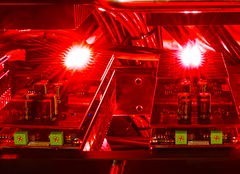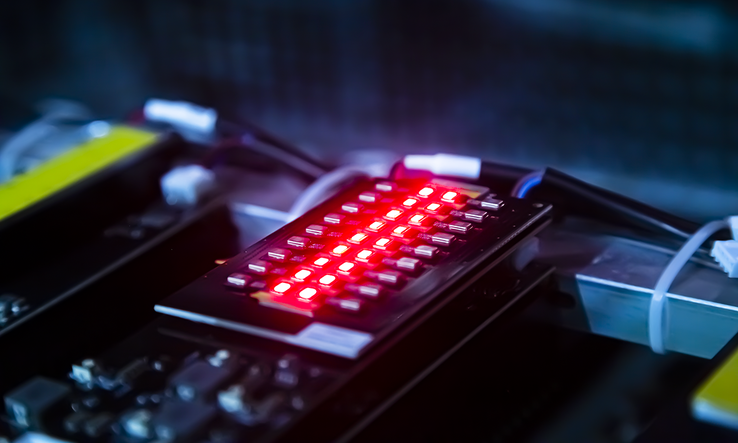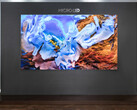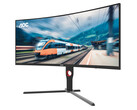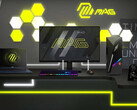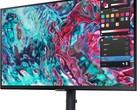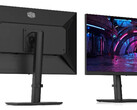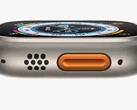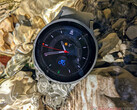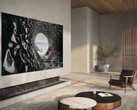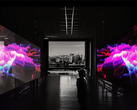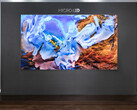MicroLEDs combine the best features from OLEDs and MiniLEDs, but the technology remains too expensive for consumer-grade screens at present. With the current pixel pitch, MicroLEDs are great for large screens over 80 inches, yet not so much for monitors and medium-size TVs. Hopefully this will be sorted out in a few years when prices will hit the lower 4 digits for everything under 50 inches. Meanwhile, various display makers are focusing on improving the maximum brightness. Right now, even though the industry standards revolve around 4000-nit content grading, the best consumer TVs barely achieve 2000 nits when calibrated. This will certainly not be a problem for MicroLEDs, as this technology is now able to output at peak brightnesses in excess of 1 million nits thanks to new advancements in the field.
Chinese company Jade Bird Display has been hard at work on improving MicroLED peak brightness for the past few years. JBD already managed to boost peak brightness for green MicroLEDs to 5 million nits, whereas blue MicroLEDs can output at 1 million nits. The red MicroLEDs are more problematic and only recently matched the blue peak brightness. These super bright MicroLED arrays are mainly used for full-color augmented reality glasses and micro projectors at this stage. JBD’s latest micro projector can fit a 640 x 480 RGB matrix in a tiny 0.4 cc chassis weighing 1 gram and consuming 200 mW on average with no overdrives.
While the MicroLEDs themselves output at over 1 million nits, they only measure 0.2 micrometers each, and the light output needs to be filtered through a series of optical waveguide lenses, so the perceived maximum eye-level brightness would only be slightly higher than 1,000 nits. The high peak brightness output is achieved through the use of aluminum gallium indium phosphide (AlGaInP) compound and marks an important step for JBD’s micro projector technology.
Just over 1,000 nits for AR glasses and micro projectors does not sound like a big leap, but the implications could be bigger for future monitors and TVs. By design, the bigger the display, the bigger the pixel size, so we are currently looking at around 0.3 mm pixel size for a 55-inch screen, That is more than 1000 times bigger than the pixels used in JBD’s micro projectors, and we could extrapolate that the maximum eye-level perceived brightness could increase by the same amount, leading to over 1 million nit values that are more in line with what we see outside on a sunny day. To put things into perspective, the Sun’s brightness at noon can hit 1.6 billion nits.
Source(s)
via Tom's Hardware




